In the United States alone, its estimated that up to 900,000 citizens develop blood clots, also know by the medical term “thrombosis”. Although this condition is treatable, the National Blood Clot Alliance says that one in every three people diagnosed with this condition die.
What Is a Blood Clot?
MedicineNet states that blood clots form inside arteries or veins as the body tries to repair damaged blood vessels. However, if the clot which is a mass of fibrin and blood platelets is formed inappropriately inside the vessels, it can lead to major complications. This is because when a blood clot is formed in a place where it isn’t supposed to, it reduces the flow of blood which in turn greatly harms your body. The main problem with blood clots is that they don’t have obvious signs or symptoms to watch out for. Also, most people don’t understand some of the reasons that can cause blood clots.
How Do You Get a Blood Clot?
There are several causes of blood clots, including lifestyle choices and health conditions. According to the National Blood Clot Alliance and MedicineNet, some of them can include;
- Period between pregnancy and six weeks after the child is delivered
- The use of estrogen in hormone replacement treatments
- Some heart conditions, for instance, heart rhythm disturbance and fibrillation
- Some birth control methods that contain estrogen such as ring, pills, and patch
- Major surgeries, especially those that involve orthopedic procedures
- Obesity
- Blood clot conditions, for instance Factor V Leiden
- Cancer and chemotherapy among other cancer treatments
- Severe muscle injuries and broken bones
- Prolonged immobilization when sited for a long time, for instance, sitting on a flight
How a Blood Clot Forms
Symptoms of Blood Clots
Blood clots are often formed in the blood vessels a condition that is also referred to as deep vein thrombosis. However, these blood clots can also disintegrate and travel to the lungs a condition that is known as pulmonary embolism. In both conditions, there are different symptoms that you should be aware of.
Symptoms of Deep Vein Thrombosis (DVT)
The National Blood Clot Alliance states that DVT or deep vein thrombosis often occurs after the blood clots are formed in the veins located deep inside the body, like in the legs or arms. After these blood clots are formed, the surrounding area swells and becomes tender. Most people refer to the pain that results as muscle soreness, cramps, or a charley horse.
The area surrounding the deep vein thrombosis often has distorted skin color, and it turns either bluish or reddish color. When you touch the surrounding area, you will notice that it feels warm. In case you notice any of these symptoms, ensure you contact your doctor as soon as possible.
Symptoms of Pulmonary Embolism (PE)
Because deep vein thrombosis can cause serious damage, you should catch it at an early stage. If you fail to do so, it can break off the vein and move to your lungs. According to the National Blood Clot Alliance, some of the signs of pulmonary embolism include sharp chest pains that feel like sharp stabs, and they worsen after taking in deep breaths, sudden short breaths, bloody mucus, unexplained coughs, and an increased heart rate. In case you experience any of these symptoms, ensure you get immediate medical attention or call 911.
Identifying Blood Clots
The National Blood Clot Alliance says that an ultrasound is often used to identify the location of the blood clot in the body. In case the ultrasound doesn’t show the blood clot, and the patient still indicates the same symptoms, an MRI can then be used. Another efficient test that can be used is the D-dimer test. This test involves examining the blood for any clues that signify the clotting process.
Blood Clot Treatment
According to MedicineNet, the location of the blood clot and its cause will influence the location of the clot. To treat such a condition surgery may be necessary. In other cases, blood clots are treated using anticoagulation medication that is used to thin the blood. The first week you will receive a Heparin injection. Then you will also be prescribed Coumadin (brand) or warfarin (generic) pill to be taken orally while taking the shots. After a week or so, you’ll stop taking the shots and just continue to take the pills usually for 3 to 6 months or whatever your doctor recommends. However, sometimes both types of treatments, surgery and medications can be used.
Blood Clot Prevention
The best way to prevent blood clots is by paying close attention to the risk factors. Some of these factors include smoking, vascular disease, obesity, high cholesterol levels in the body, high blood pressure, and diabetes.
The National Blood Clot Alliance also suggests that blood clots can be prevented by getting up and moving around in case you have been traveling or sited for a long time. It is also advisable to talk to your doctor about some of your options on how to prevent blood clots in case you have undergone surgery in the past, or if you are sick and incapacitated.



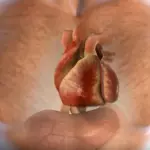 Prevent Heart Attacks With These 7 Warning Signs
Prevent Heart Attacks With These 7 Warning Signs

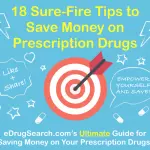
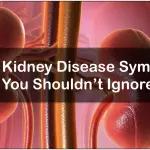

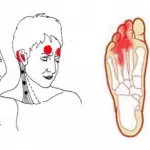 Vitamin B12 Deficiency Symptoms: 8 Warning Signs You Don’t Want to Ignore
Vitamin B12 Deficiency Symptoms: 8 Warning Signs You Don’t Want to Ignore
 7 Surprising Health Benefits of Eggs
7 Surprising Health Benefits of Eggs
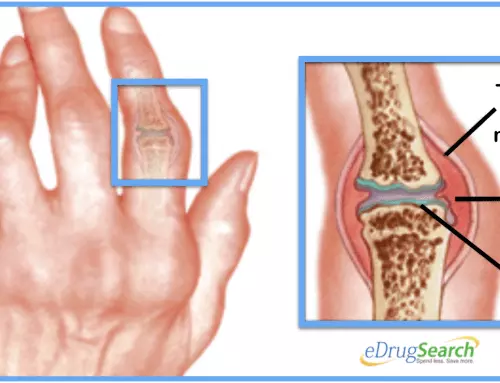


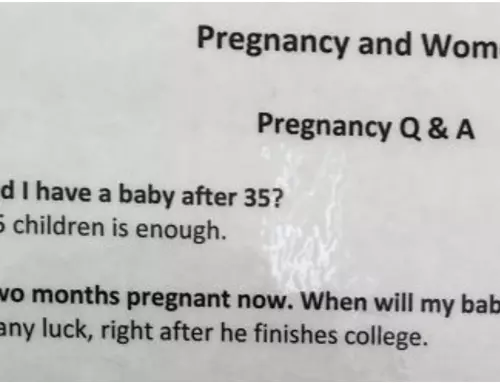


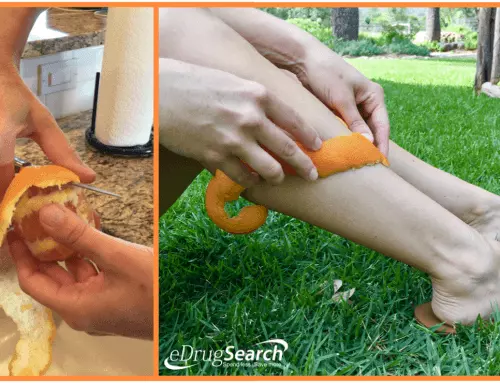

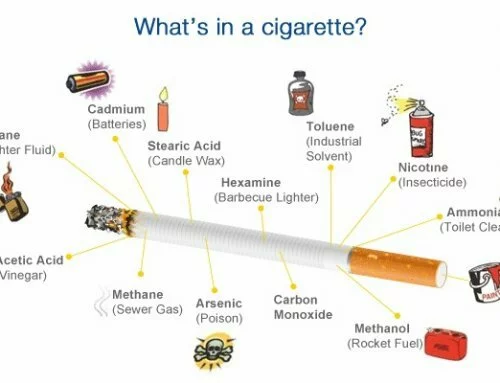

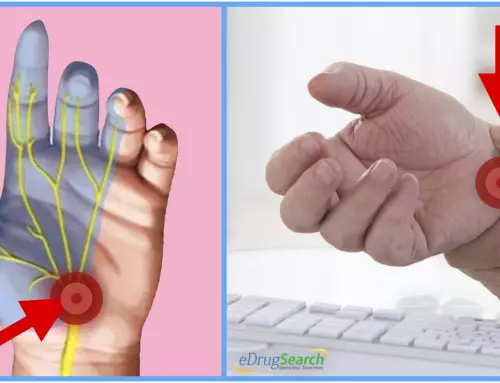




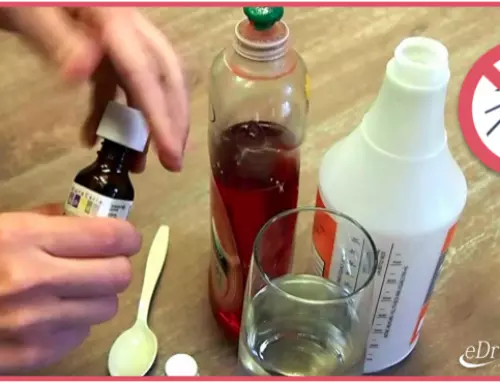




Leave a Reply
Be the First to Comment!